ETD Featured Stories
Explore the latest content from The Engineering and Technology Directorate
Visit NASA Goddard News and Features for more stories.
-
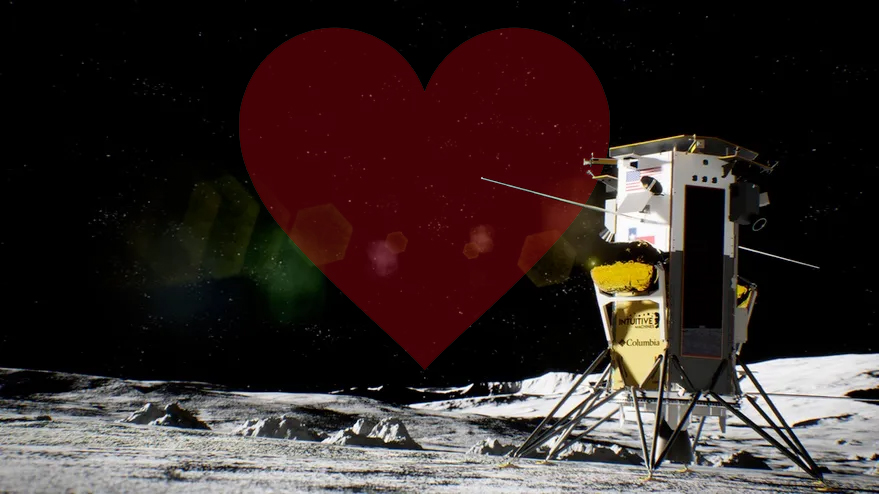
ROLSES Are Red
No earlier than 14th February 2024, Goddard’s Radio wave Observation at the Lunar Surface of the photo-Electron Sheath (ROLSES) instrument will launch to the Moon’s South Polar region aboard Intuitive Machines’ IM-1 mission, as part of NASA’s Commercial…
-

Congratulations Team PACE
“We finally got our opportunity this morning and made the most of it with the very successful launch of our PACE observatory from the Cape. Congratulations to everyone for achieving this monumental milestone for NASA and the Earth Science community…
-
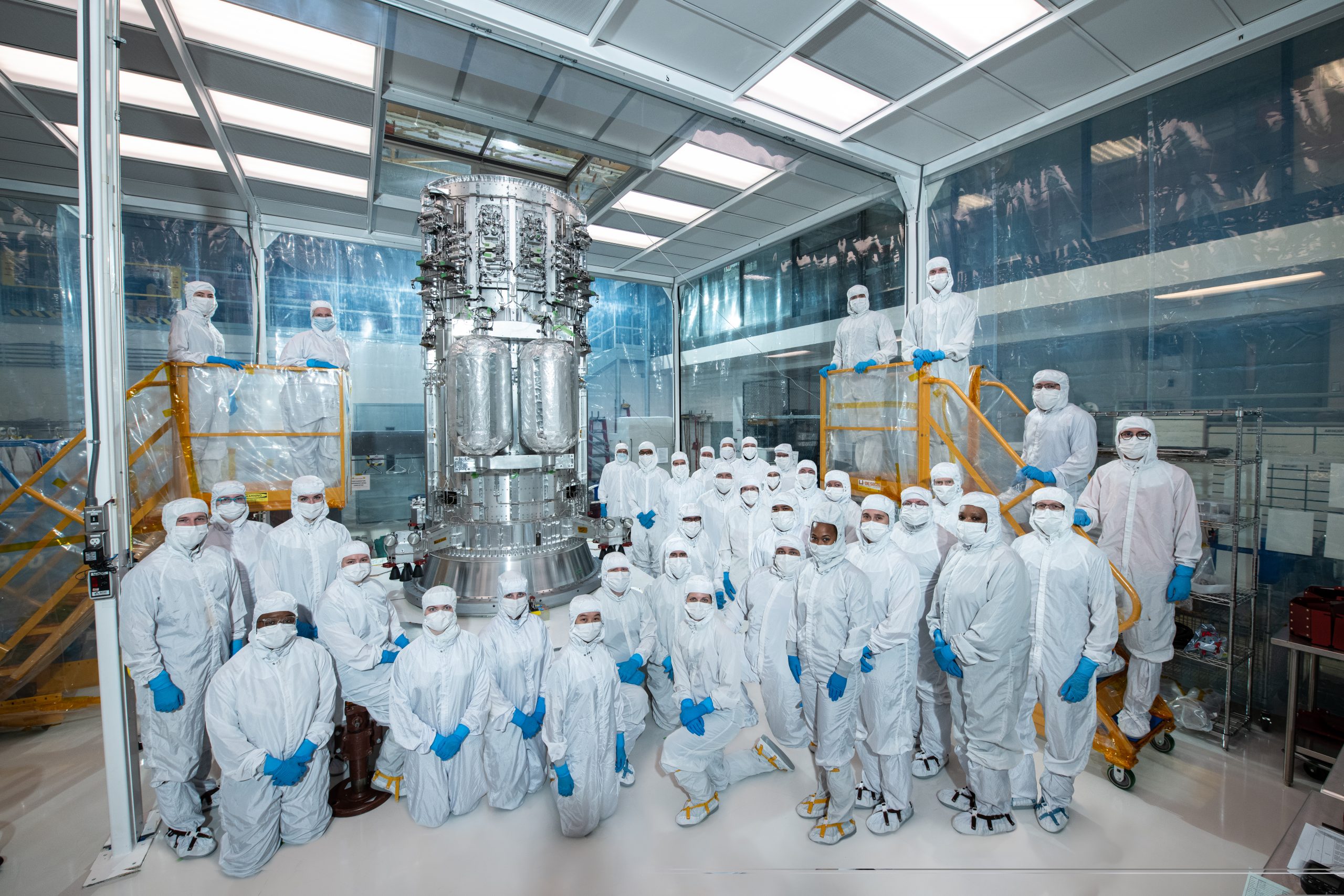
The Search for Organic Life
Slated for launch in 2024, the Europa Clipper will be the first space mission dedicated to conducting a detailed study of an ocean world outside of our own — a world that likely harbors a salty ocean with twice as much water as Earth beneath its icy crust. Targeting Jupiter’s icy…
-

Keeping up with Our Ocean
NASA’s Plankton, Aerosol Cloud Ocean Ecosystem (PACE) mission is to advance the assessment of ocean health by measuring the distribution of phytoplankton within it. Phytoplankton is a tiny plant/algae that sustains marine life and absorbs CO2 from the air. An important instrument…
-

Airborne Support
The WASP (Wallops Arc-Second Pointer) team conducts a full range of motion hang test of the X-Calibur x-ray telescope at CSBF (Columbia Scientific Balloon Facility) before it’s flight from Esrange Sweden in 2022. XL-Calibur uses an x-ray polarimeter to study black holes. The telescope…
-
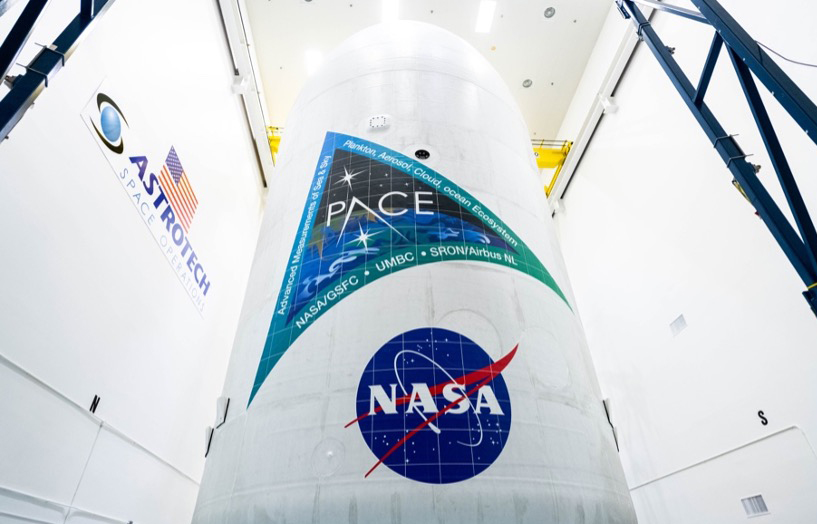
Advancing Ocean and Atmospheric Science
NASA’s Plankton, Aerosol, Cloud, Ocean Ecosystem (PACE) mission, was designed, developed, integrated & tested by Goddard Space Flight Center (GSFC). PACE was launched on a SpaceX Falcon 9 rocket from Cape Canaveral, Florida on February 8, 2024, extending and improving NASA’s over 20…
-
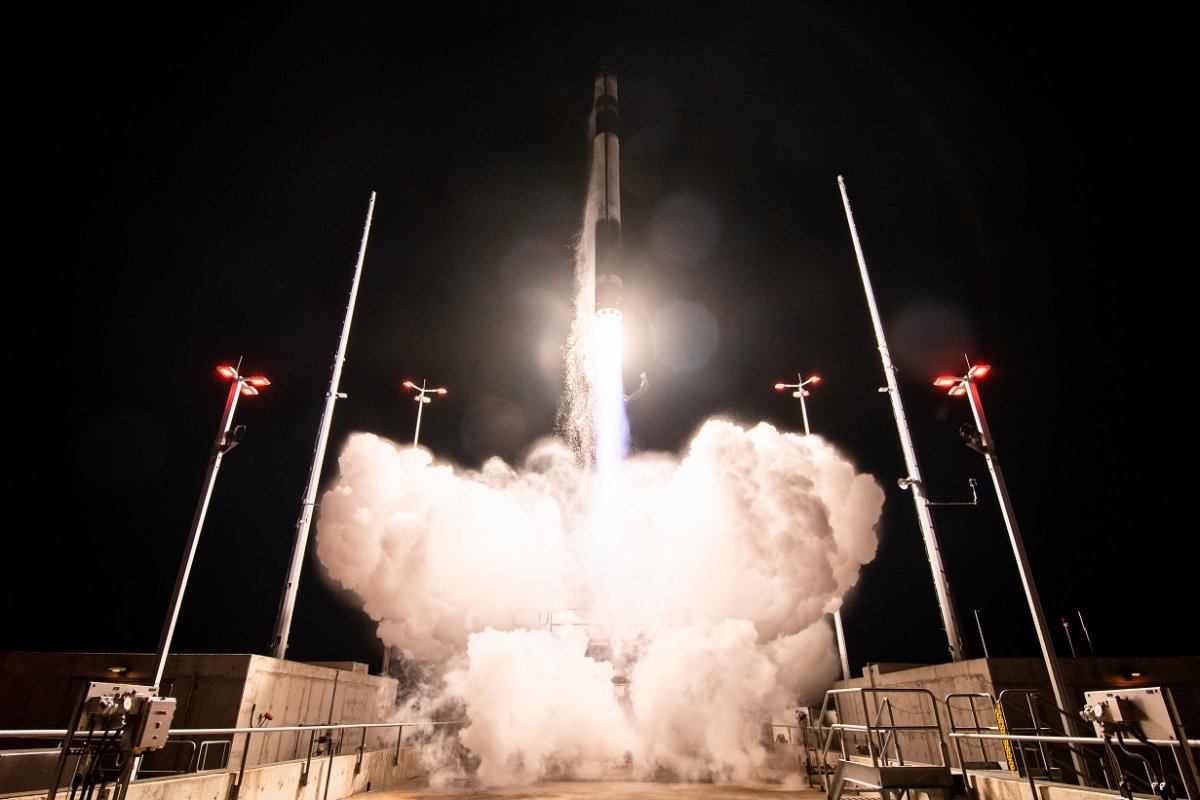
“Virginia is for Launch Lovers,” Launches
A collective effort led by NASA Goddard’s Wallops Flight Facility (WFF) branch and with augmented support from Greenbelt via other branches systematically managed constant changes in schedule/budget, personnel availability, and technical requirements for the NASA’s new Autonomous Flight Termination…
-
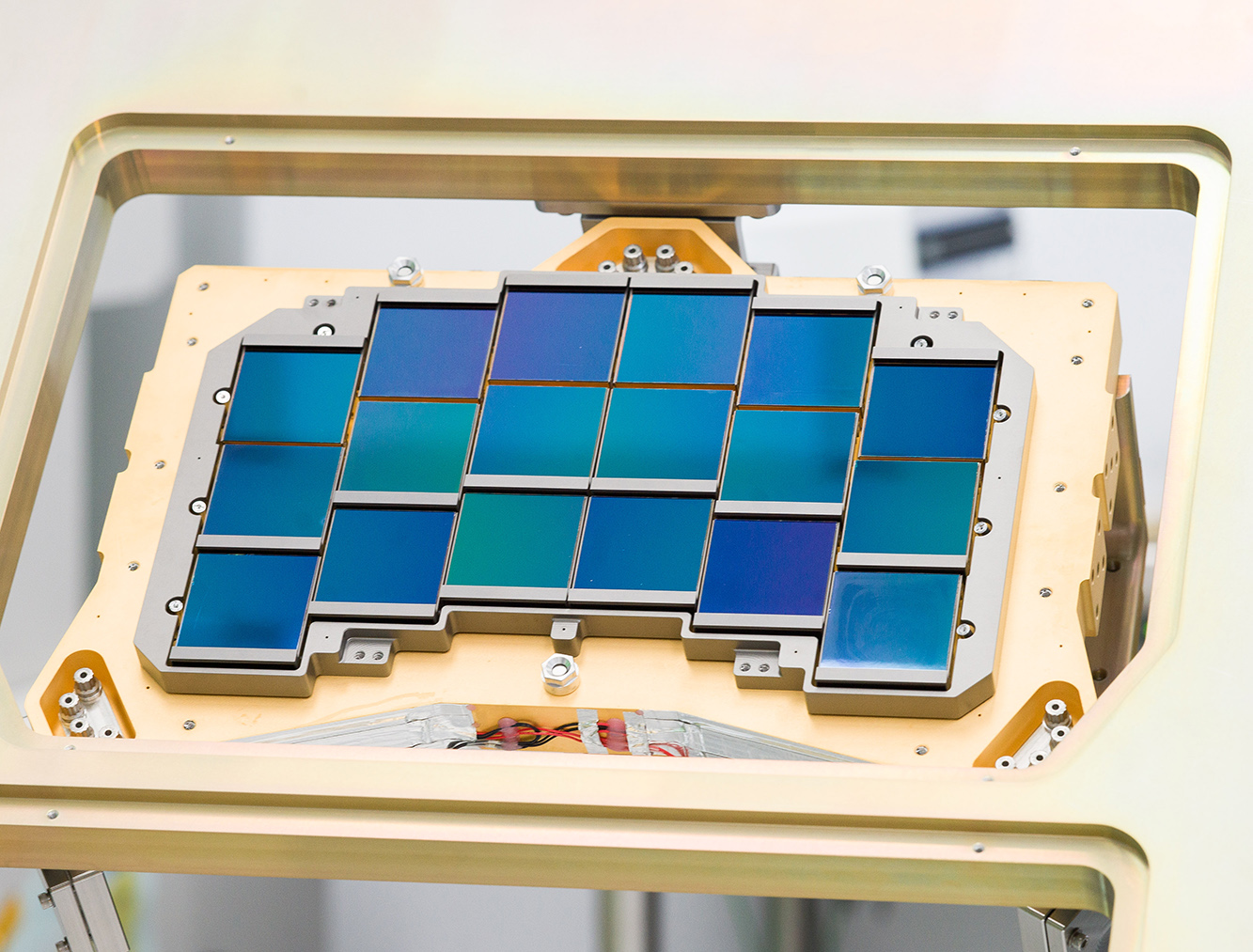
Supporting the Key Instrument of Roman
On the Roman Space Telescope (RST), the Widefield Instrument (WFI) is the primary instrument (for science imaging) and acts as a kind of ultra-precise star tracker. The WFI Instrument Command and Data Handling (ICDH) Flight Software (FSW) is the mechanism which controls the Fine…
-
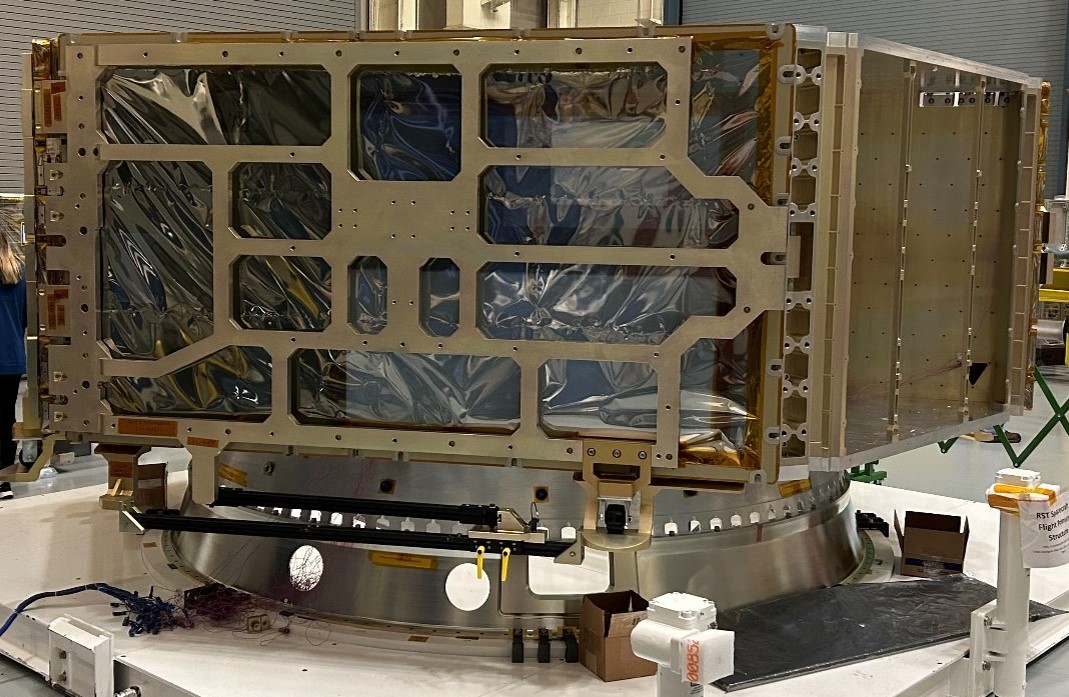
Elevating Engineering Excellence
The Nancy Grace Roman Space Telescope (Roman) is an infrared telescope named after Nancy Grace Roman that seeks to explore the mysteries of dark energy and image exoplanets. The MSD is responsible for significant hardware and discipline support…
-
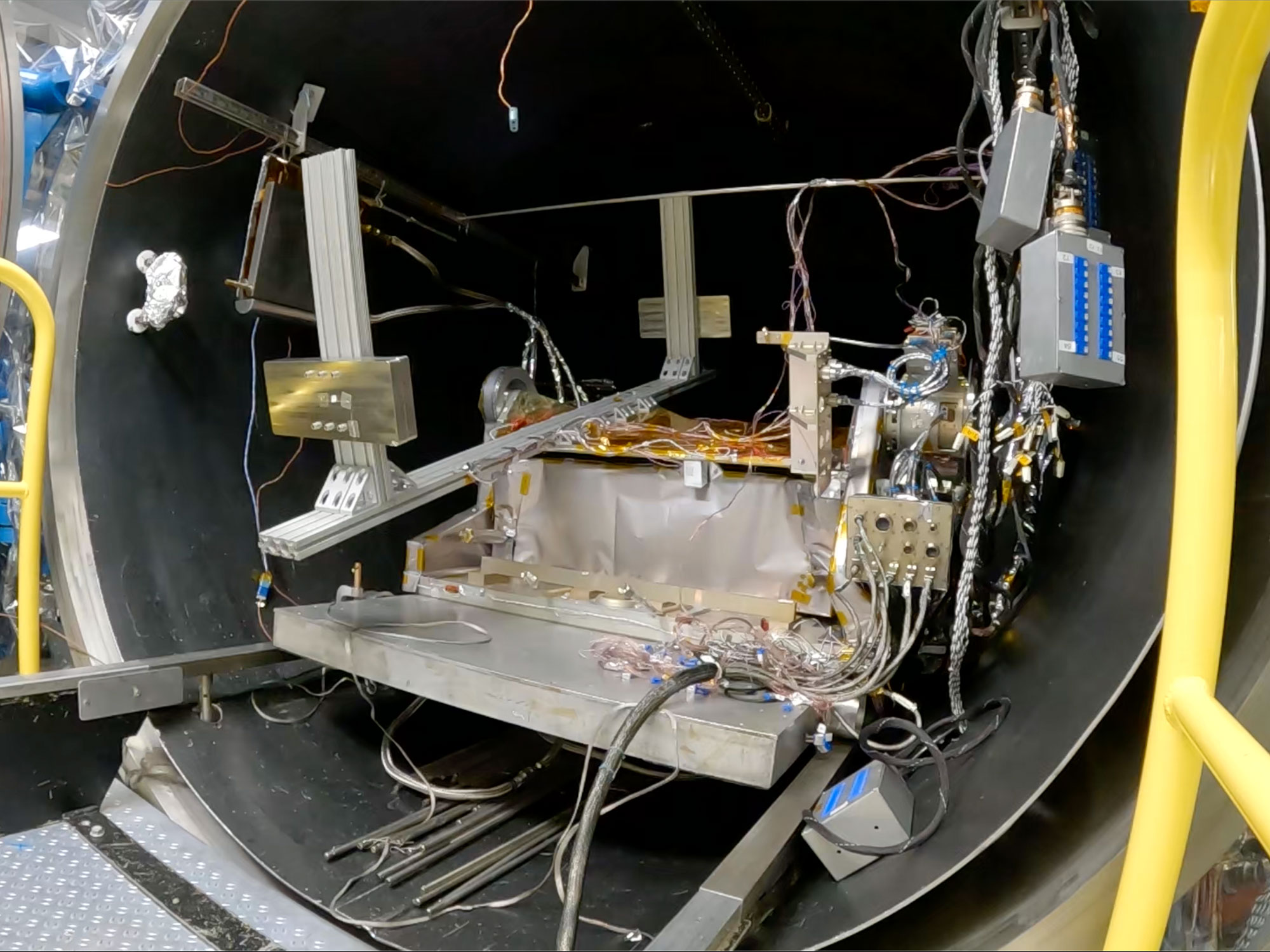
Supporting the PACE Journey to the Stars
NASA’s Plankton, Aerosol Cloud Ocean Ecosystem (PACE) mission is to advance the assessment of ocean health by measuring the distribution of phytoplankton. Phytoplankton is a tiny plant/algae that sustains marine life. The PACE Observatory is undergoing…
-
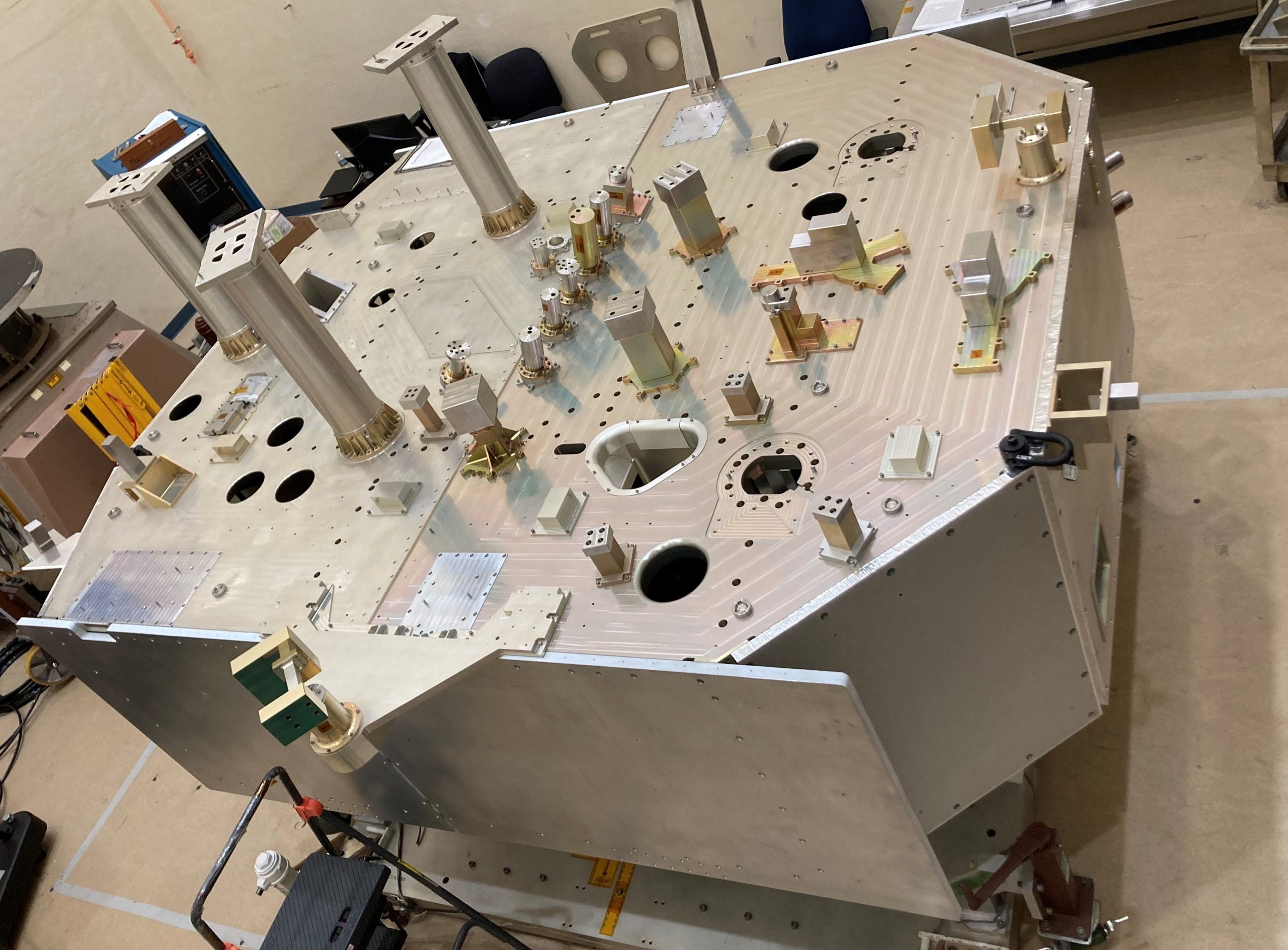
Delivering Key Structures and Innovations for OSAM-1
The OSAM-1 servicing payload primary structure was recently delivered to Integration and Test (I&T) by the MSD. Significant hardware development is ongoing within the MSD, including mission critical robotic system products such as the Robotic Electronics…
-
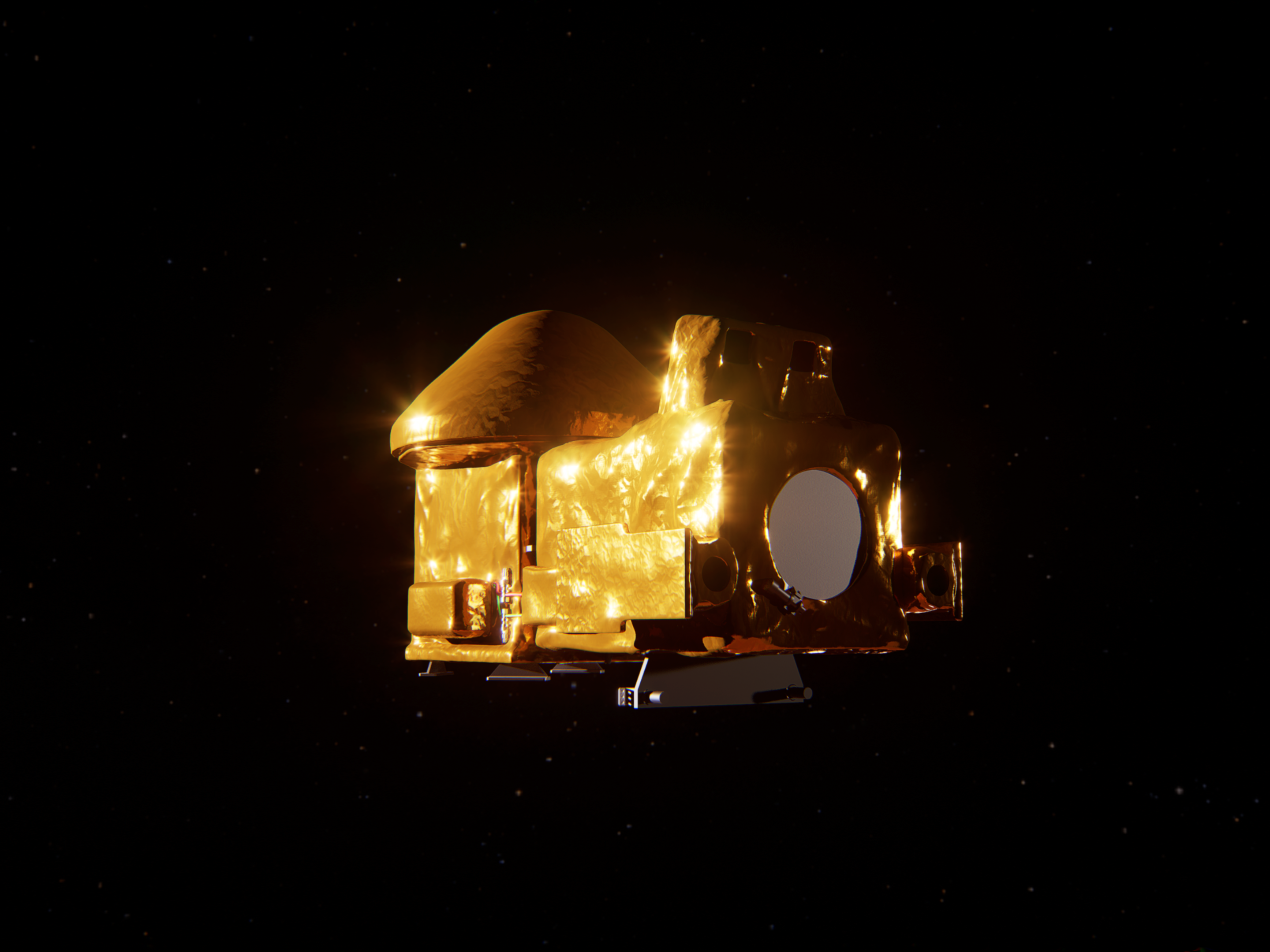
Visiting Our Planetary Neighbor
NASA and the European Space Agency (ESA) are planning ways to bring the first samples of Mars material back to Earth for detailed study using The Capture Containment and Return System (CCRS). These first collected and returned samples could answer a key question: did life ever exist…
-

Looking to Our Neighbors for Answers
Dragonfly is NASA’s newest mission to explore the solar system, delivering an 8-bladed rotorcraft to visit Saturn’s largest and richly organic moon, Titan. Slated for launch in 2027 and arrival in 2034, Dragonfly will sample and examine dozens of promising sites around…
-
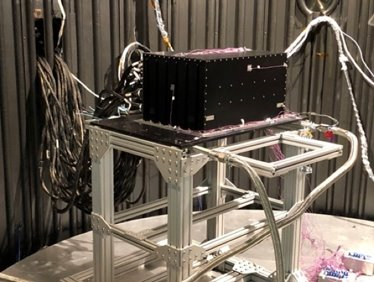
A Pitstop in Space
NASA’s On-orbit Servicing, Assembly, and Manufacturing 1 (OSAM-1), a mission that will be the first to robotically refuel a satellite not designed to be serviced, and will also demonstrate assembly and manufacturing technologies and capabilities, has passed its mission critical…
-

SNoOPI Goes to Space
The Earth Science Technology Office (ESTO) InVEST tech demo SigNals Of Opportunity P-band Investigation “SNoOPI” has been delivered to Nanoracks and integrated into the deployer for launch with SpaceX Crew Resupply Mission CRS-30 this spring! Led…
-

Unlocking the Secrets of the Big Bang
The James Webb Space Telescope (JWST), launched into space in 2021, is an infrared telescope designed to help astronomers see back more than 13 billion years to a time when the first stars and galaxies were forming from the darkness of the early universe. Building on experience gained from the Hubble Space…
